Home>Furniture & Design>Outdoor Furniture>How To Protect An Outdoor Extension Cord From Rain
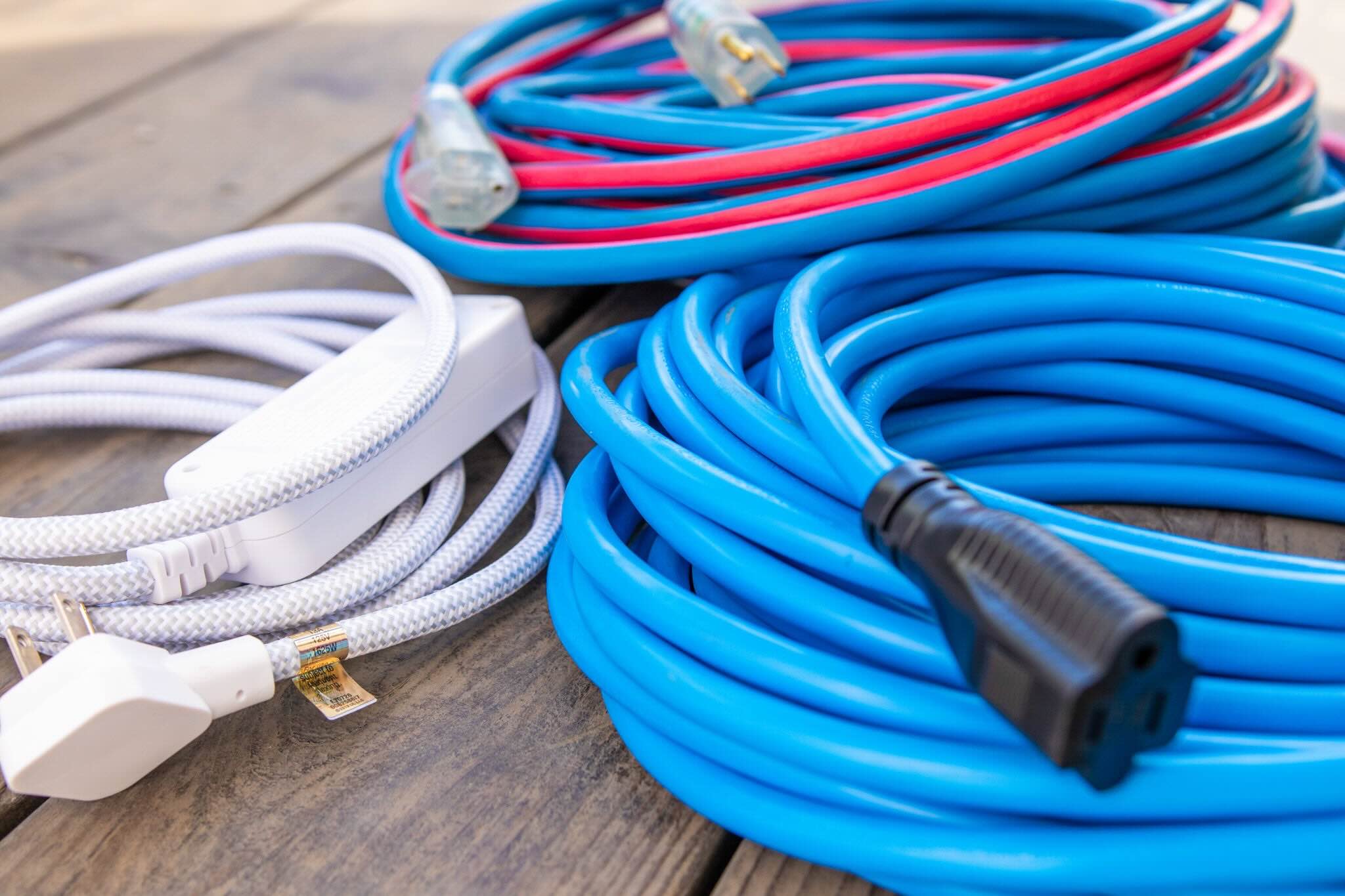

Outdoor Furniture
How To Protect An Outdoor Extension Cord From Rain
Modified: October 19, 2024
Learn how to protect your outdoor extension cord from rain to ensure the safety of your outdoor furniture. Discover effective tips for outdoor furniture care and design. Protect your investment today!
(Many of the links in this article redirect to a specific reviewed product. Your purchase of these products through affiliate links helps to generate commission for Storables.com, at no extra cost. Learn more)
**
Introduction
**
When it comes to enjoying the great outdoors, having access to electricity can significantly enhance the experience. Whether you're hosting an outdoor event, setting up a temporary workstation, or simply enjoying some music in your backyard, using extension cords to power your devices is a common practice. However, the presence of rain or moisture poses a serious threat to both the functionality and safety of outdoor extension cords. In this comprehensive guide, we will explore the various methods and techniques for protecting outdoor extension cords from rain, ensuring both safety and longevity. Understanding the risks associated with exposure to moisture, selecting the appropriate extension cord, implementing waterproofing techniques, and regular maintenance will all be covered in detail. By the end of this guide, you will be equipped with the knowledge and skills to safeguard your outdoor extension cords, allowing you to enjoy the convenience of electricity in any outdoor setting, regardless of the weather.
Key Takeaways:
- Choose outdoor extension cords specifically designed for outdoor use with weather-resistant features to protect against rain and ensure safety and optimal performance in outdoor environments.
- Employ waterproofing techniques such as sprays, heat-shrink tubing, and sealants to create an extra layer of defense against rain and humidity, enhancing the resilience of outdoor extension cords.
Read more: How To Protect Outdoor Lights From Rain
Understanding the Risks
Before delving into the protective measures, it’s crucial to understand the risks that outdoor extension cords face when exposed to rain. Water and electricity are a dangerous combination, and when an extension cord comes into contact with moisture, the consequences can be severe. The primary risk is the potential for electrical shock, which can occur if water breaches the insulation of the cord and comes into contact with the conductive materials inside. This poses a significant danger to anyone in the vicinity, and it’s essential to take proactive steps to mitigate this risk.
Furthermore, exposure to rain can lead to corrosion and deterioration of the cord’s components. Moisture can seep into the conductors, connectors, and outlets, causing rust and weakening the structural integrity of the cord. Over time, this can result in decreased performance and, ultimately, failure of the cord. Additionally, prolonged exposure to moisture can lead to the growth of mold and mildew, further compromising the safety and functionality of the extension cord.
Another consideration is the potential damage to connected devices. If water infiltrates the cord and reaches the connected appliances or tools, it can cause short circuits, malfunctions, or even permanent damage. This not only poses a risk to the devices themselves but also increases the likelihood of electrical hazards.
By understanding these risks, it becomes evident that protecting outdoor extension cords from rain is not only a matter of preserving the equipment but also a critical aspect of ensuring the safety of individuals and the integrity of electrical systems. With this awareness in mind, let’s explore the proactive measures that can be taken to safeguard outdoor extension cords from the detrimental effects of moisture.
Choosing the Right Extension Cord
When it comes to protecting outdoor extension cords from rain, selecting the appropriate cord for outdoor use is the first line of defense. Not all extension cords are designed to withstand exposure to moisture, so it’s essential to choose a cord that is specifically engineered for outdoor applications.
One of the key factors to consider when selecting an outdoor extension cord is its rating. Outdoor extension cords are typically labeled with an “SJ” or “SJW” designation, indicating their suitability for outdoor use. The “S” denotes that the cord is rated for general use, the “J” indicates that the cord has standard 300-volt insulation, and the “W” signifies that the cord is suitable for outdoor use and is resistant to moisture. Additionally, the cord may have a “W-A” or “W-T” suffix, indicating whether it is suitable for use in extreme weather conditions or for general outdoor use, respectively.
Furthermore, the gauge of the cord is an important consideration. The gauge, represented by a numerical value, indicates the thickness of the wire inside the cord. Thicker gauges are capable of handling higher electrical loads and are generally more durable. For outdoor applications, especially those exposed to rain, a lower gauge number, such as 12 or 10, is preferable as it offers better protection against the elements and reduces the risk of overheating.
Another aspect to consider is the length of the cord. It’s important to choose a length that provides the necessary reach without excess slack. This minimizes the potential for the cord to come into contact with standing water or puddles, reducing the risk of moisture infiltration.
Additionally, the type of insulation and the material of the cord’s jacket are crucial factors in ensuring its resistance to moisture. Look for cords with durable, weather-resistant jackets and high-quality insulation designed to withstand outdoor conditions.
By carefully considering these factors and selecting a cord specifically designed for outdoor use, you can significantly enhance the protection of your outdoor extension cords from rain, ensuring both safety and optimal performance in outdoor environments.
Using Waterproofing Techniques
While choosing the right extension cord is essential, additional waterproofing techniques can further enhance the protection of outdoor extension cords from rain. These techniques are particularly beneficial when using existing cords that may not have been specifically designed for outdoor use or when additional reinforcement is desired.
One effective method of waterproofing outdoor extension cords is the use of waterproofing sprays or coatings. There are specialized products available that are designed to create a protective barrier around the cord, repelling moisture and preventing it from seeping into the insulation. These sprays and coatings are easy to apply and provide an extra layer of defense against rain and humidity.
Another popular waterproofing technique involves the use of heat-shrink tubing. Heat-shrink tubing is a versatile solution that, when applied to the exposed areas of the extension cord and heated, conforms to the shape of the cord, creating a tight, waterproof seal. This method is particularly effective for reinforcing the connections and terminations of the cord, where moisture intrusion is most likely to occur.
Silicone sealants and self-amalgamating tapes are also valuable tools for waterproofing outdoor extension cords. These products can be applied to the connections and joints of the cord, creating a watertight seal that prevents water from penetrating the vulnerable areas. Silicone sealants adhere well to various materials and provide durable protection, while self-amalgamating tapes bond to themselves when wrapped around the cord, forming a cohesive, waterproof barrier.
Furthermore, utilizing waterproof junction boxes or containers can offer an added layer of protection, especially at connection points or when using multiple extension cords. These boxes provide a secure, enclosed space for connecting and protecting the cord terminations from exposure to rain and moisture, reducing the risk of electrical hazards and prolonging the lifespan of the cords.
By employing these waterproofing techniques, you can significantly bolster the resilience of outdoor extension cords, mitigating the risks associated with rain and moisture exposure. These methods not only enhance the safety and reliability of the cords but also contribute to the overall longevity of the electrical equipment, ensuring continued performance in outdoor environments.
To protect an outdoor extension cord from rain, use a waterproof cover or container to keep the connection point and the length of the cord dry. Make sure the cover is rated for outdoor use and is large enough to accommodate the entire plug and socket.
Installing a Weatherproof Cover
Another effective measure for safeguarding outdoor extension cords from rain is the installation of weatherproof covers at the connection points and outlets. Weatherproof covers are specifically designed to shield electrical connections and outlets from moisture, ensuring a secure and watertight seal.
Weatherproof covers, also known as “in-use” covers, are available in various designs to accommodate different types of connections and outlets. These covers feature a hinged lid or a flip-up design that allows the cord to remain connected while providing protection against rain, snow, and other environmental elements. When closed, the cover forms a tight seal around the cord, preventing water from entering the interior and safeguarding the electrical connections from moisture and debris.
When selecting weatherproof covers, it’s important to choose models that are specifically rated for outdoor use and are compatible with the types of connections and outlets being protected. Additionally, ensure that the covers are designed to accommodate the size and configuration of the extension cords, allowing for a secure and snug fit.
Installing weatherproof covers is a straightforward process that typically involves securing the cover over the electrical connection or outlet and fastening it in place using the provided mounting screws or clips. The covers should be positioned in such a way that they completely enclose the connection points, leaving no gaps for water to penetrate.
Weatherproof covers not only protect the extension cord connections from rain but also contribute to overall safety by preventing the ingress of moisture, reducing the risk of electrical hazards, and preserving the integrity of the electrical system. By incorporating weatherproof covers into your outdoor electrical setup, you can ensure that your extension cords remain well-protected and reliable, even in inclement weather conditions.
Read more: How To Protect Balcony From Rain
Regular Maintenance
Maintaining outdoor extension cords is essential for preserving their functionality and ensuring ongoing protection from rain and moisture. Regular inspections and maintenance routines can help identify potential issues early and prevent the deterioration of the cords due to environmental exposure.
One critical aspect of regular maintenance is visual inspection. Periodically examine the entire length of the extension cord for any signs of damage, wear, or exposure of the internal conductors. Look for cuts, abrasions, or punctures in the cord’s insulation, as these areas can provide pathways for moisture to infiltrate the cord. Additionally, inspect the connections, plugs, and outlets for any corrosion, rust, or signs of water intrusion.
It’s important to address any damage promptly. For minor abrasions or cuts in the cord’s insulation, electrical tape can be used to provide temporary protection until the cord can be properly repaired or replaced. However, if significant damage is detected, it’s advisable to discontinue using the cord and seek professional evaluation or replacement.
Furthermore, keeping the extension cord clean and free from debris and contaminants is crucial for maintaining its integrity. Regularly wipe down the cord with a damp cloth to remove dirt, dust, and any accumulated moisture. This simple practice can prevent the buildup of grime and moisture, reducing the risk of corrosion and deterioration.
Another important maintenance task is to ensure that the cord remains properly coiled and stored when not in use. Coiling the cord neatly and storing it in a dry, protected location can prevent unnecessary exposure to the elements, prolonging its lifespan and preserving its protective features.
Additionally, if the extension cord has been subjected to heavy rain or adverse weather conditions, allow it to thoroughly dry before storing it. Moisture trapped inside the cord can lead to corrosion and mold growth, so ensuring that the cord is completely dry before storage is essential for preventing these issues.
By incorporating these maintenance practices into your routine, you can proactively protect your outdoor extension cords from the damaging effects of rain and moisture, ensuring their longevity and reliability in outdoor settings.
Conclusion
Protecting outdoor extension cords from rain is a fundamental aspect of ensuring safety and maintaining electrical equipment in outdoor environments. By understanding the risks associated with moisture exposure, selecting the right extension cord, employing waterproofing techniques, installing weatherproof covers, and conducting regular maintenance, you can effectively safeguard your extension cords from the detrimental effects of rain and moisture.
Choosing extension cords specifically designed for outdoor use, with appropriate ratings, gauges, and weather-resistant features, lays a strong foundation for protection. Additionally, implementing waterproofing techniques such as sprays, heat-shrink tubing, and sealants provides an extra layer of defense against rain and humidity, enhancing the resilience of the cords.
Installing weatherproof covers at connection points and outlets further fortifies the protection, ensuring that electrical connections remain secure and moisture-free in outdoor settings. Regular maintenance, including visual inspections, cleanliness, and proper storage, is essential for identifying and addressing potential issues early, preserving the integrity of the cords, and prolonging their lifespan.
By integrating these protective measures and maintenance practices into your outdoor electrical setup, you can enjoy the convenience of electricity in various outdoor activities and events, regardless of the weather conditions. Moreover, prioritizing the protection of outdoor extension cords contributes to a safe and reliable outdoor electrical environment, reducing the risk of electrical hazards and equipment damage.
Ultimately, by taking proactive steps to protect outdoor extension cords from rain, you can ensure the safety of individuals, the longevity of electrical equipment, and the uninterrupted enjoyment of outdoor spaces with powered amenities.
Frequently Asked Questions about How To Protect An Outdoor Extension Cord From Rain
Was this page helpful?
At Storables.com, we guarantee accurate and reliable information. Our content, validated by Expert Board Contributors, is crafted following stringent Editorial Policies. We're committed to providing you with well-researched, expert-backed insights for all your informational needs.
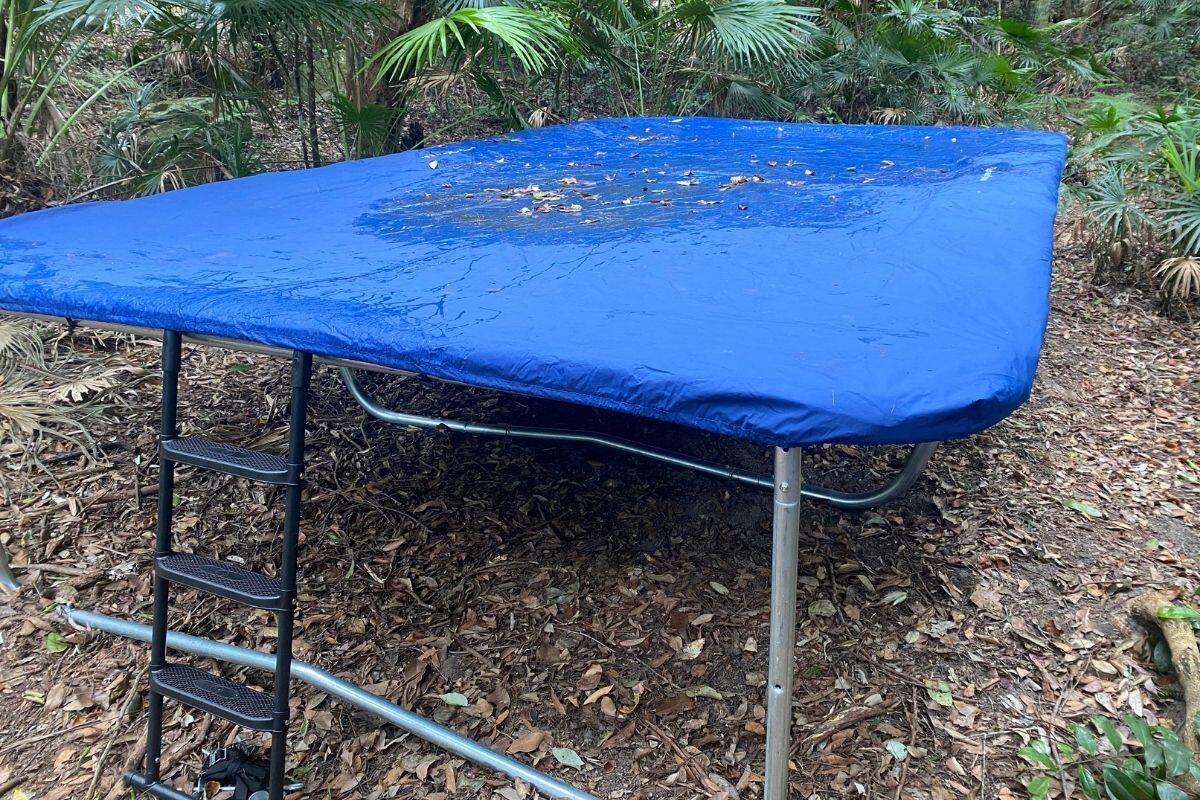
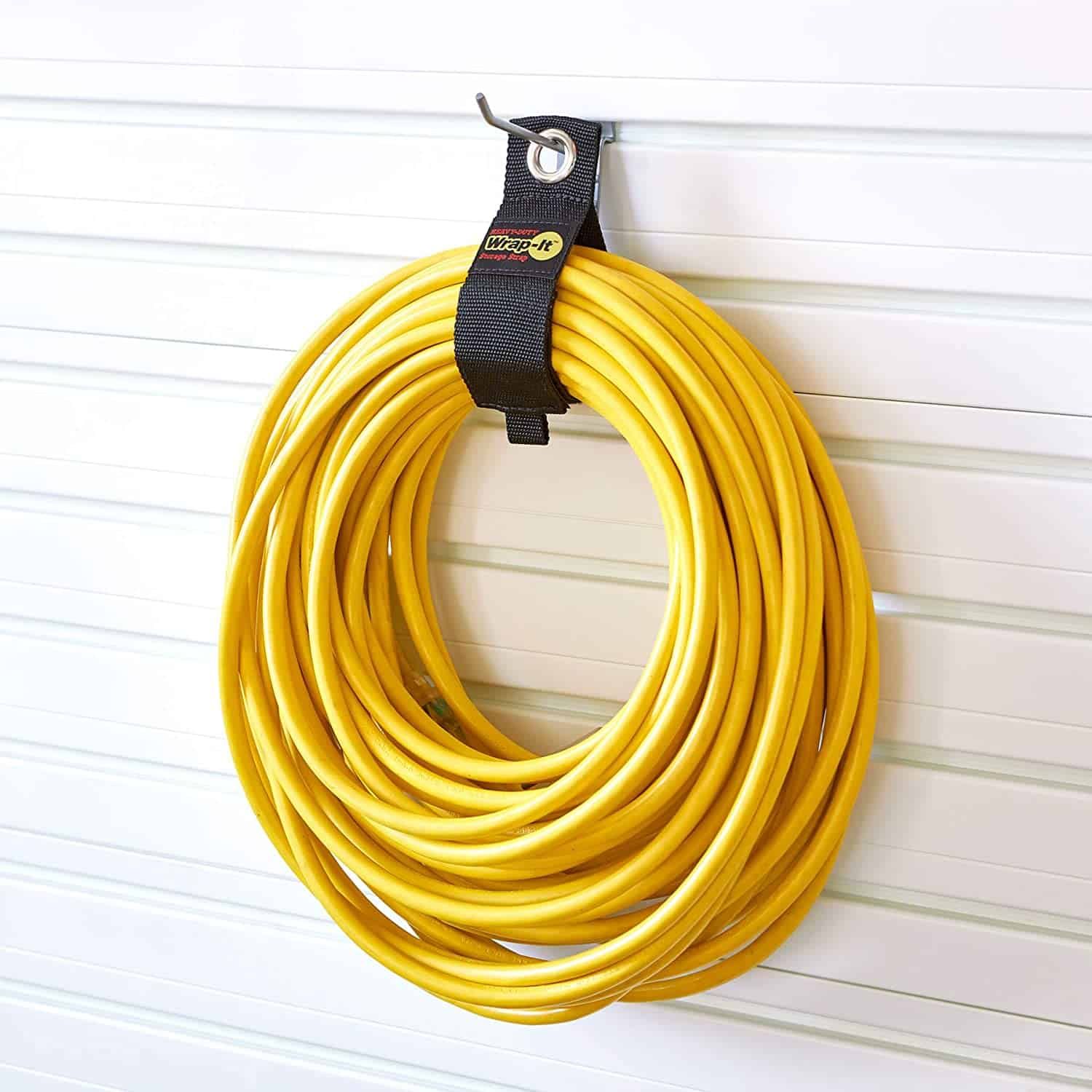
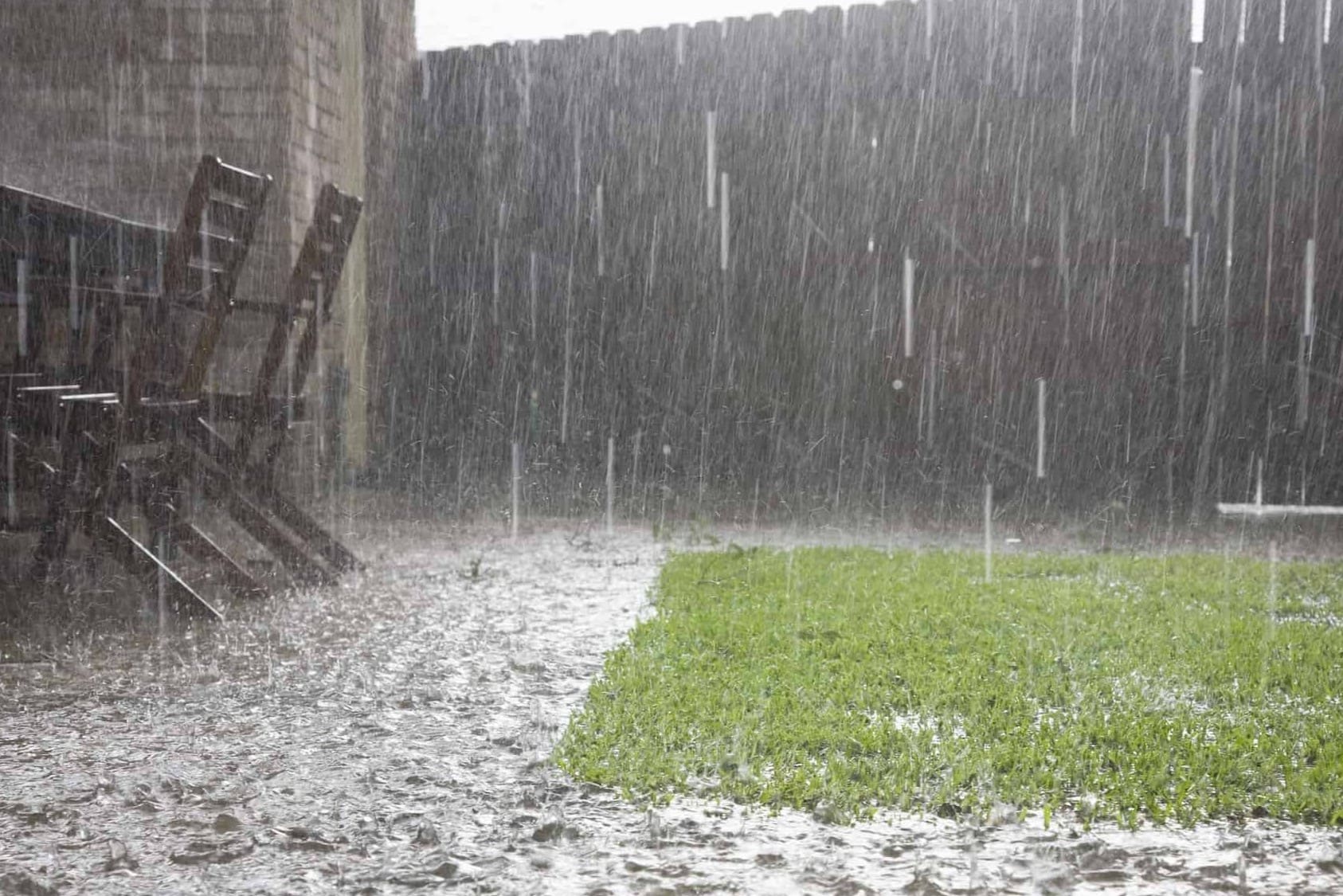
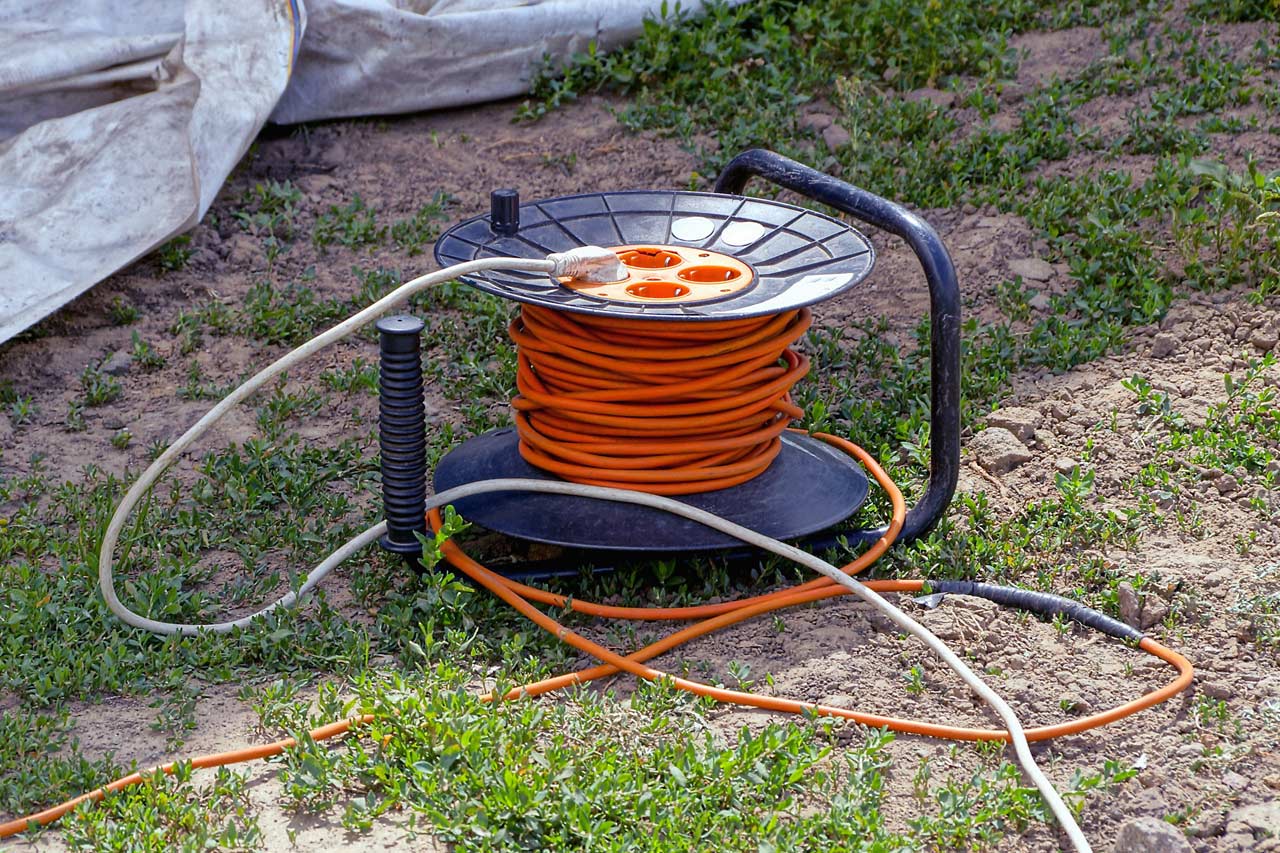
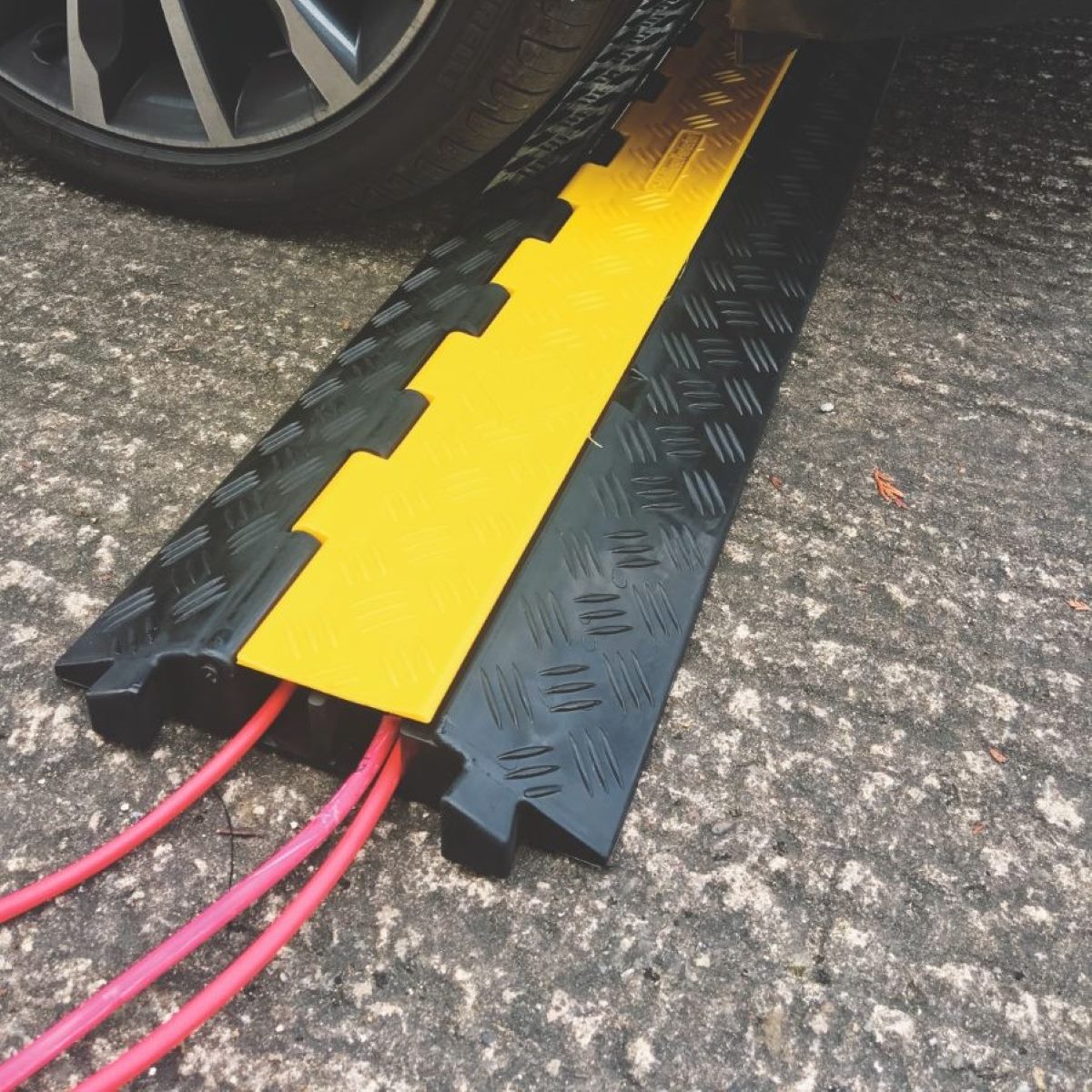
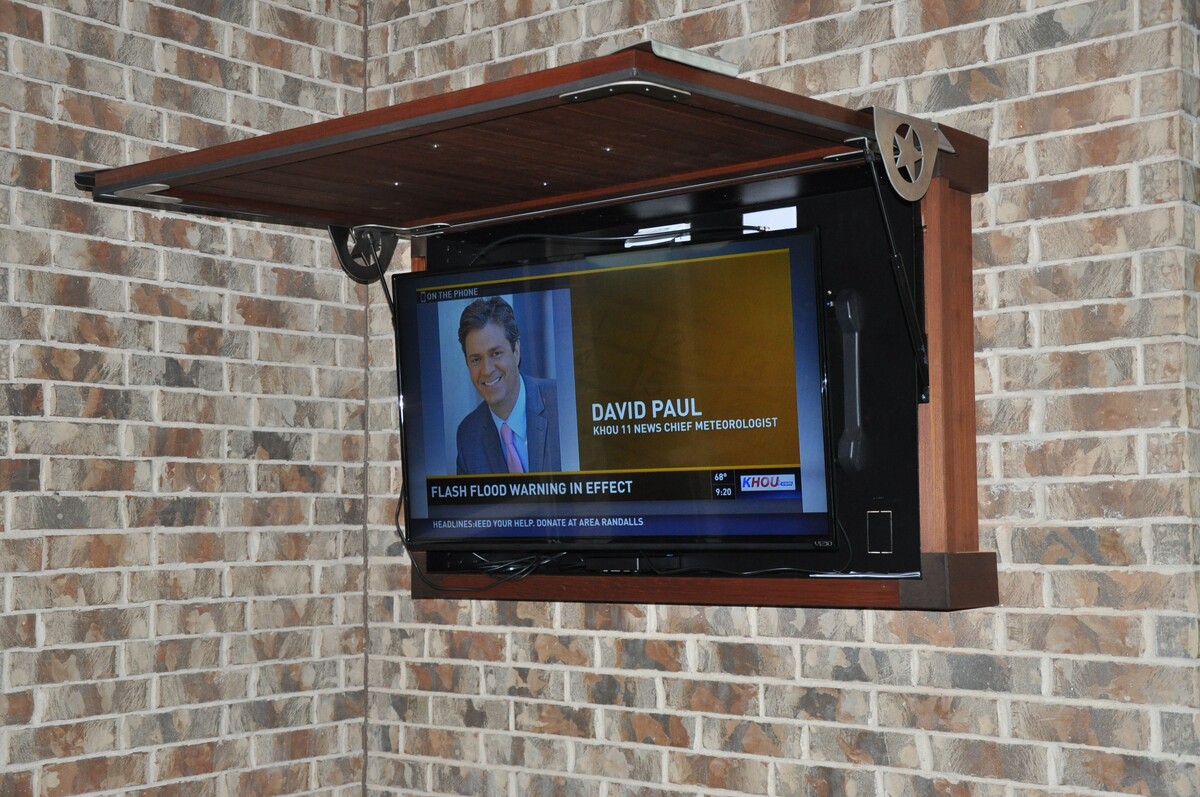
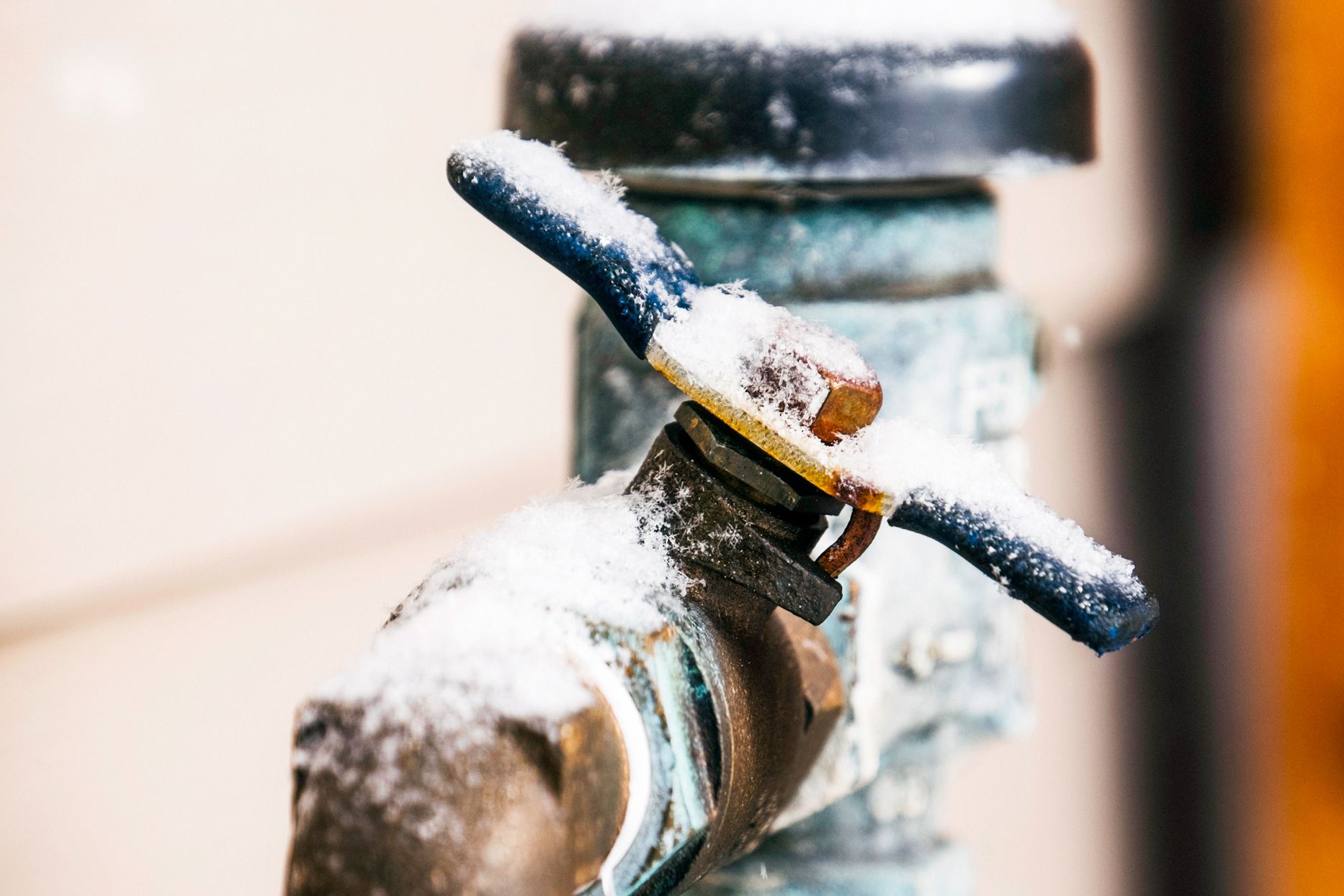
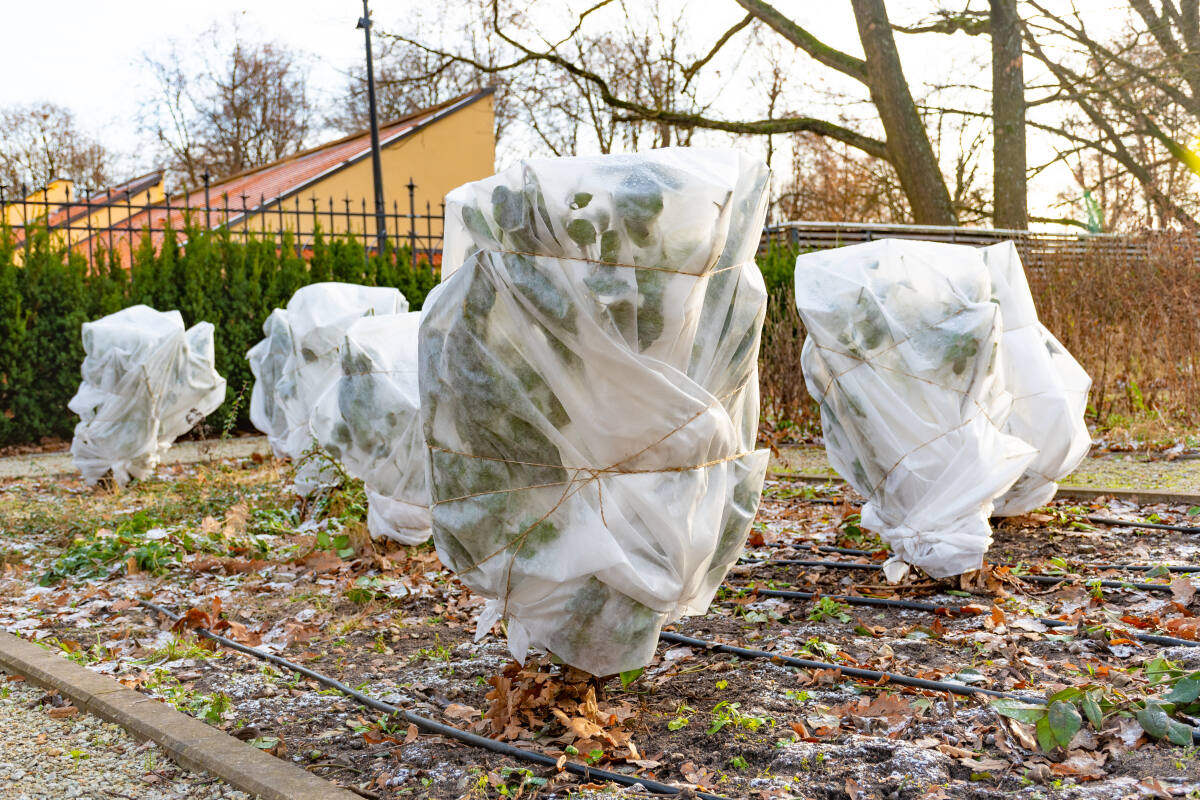
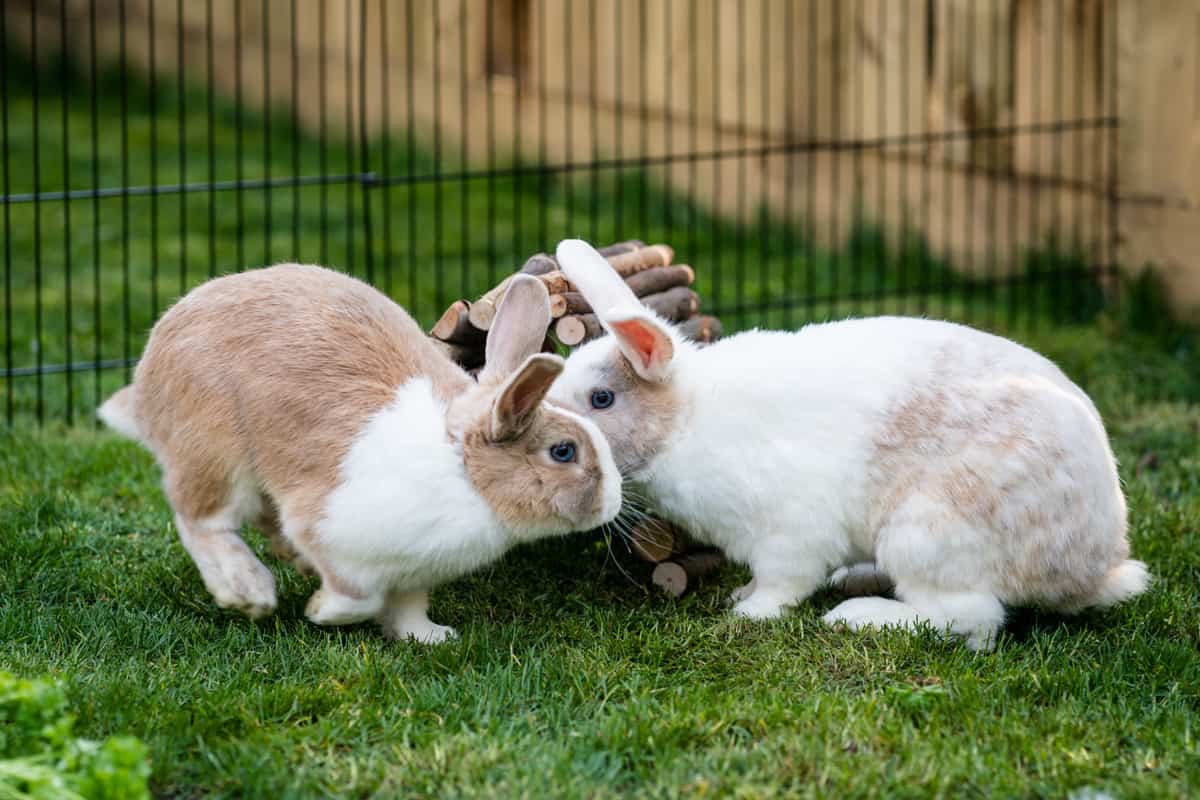

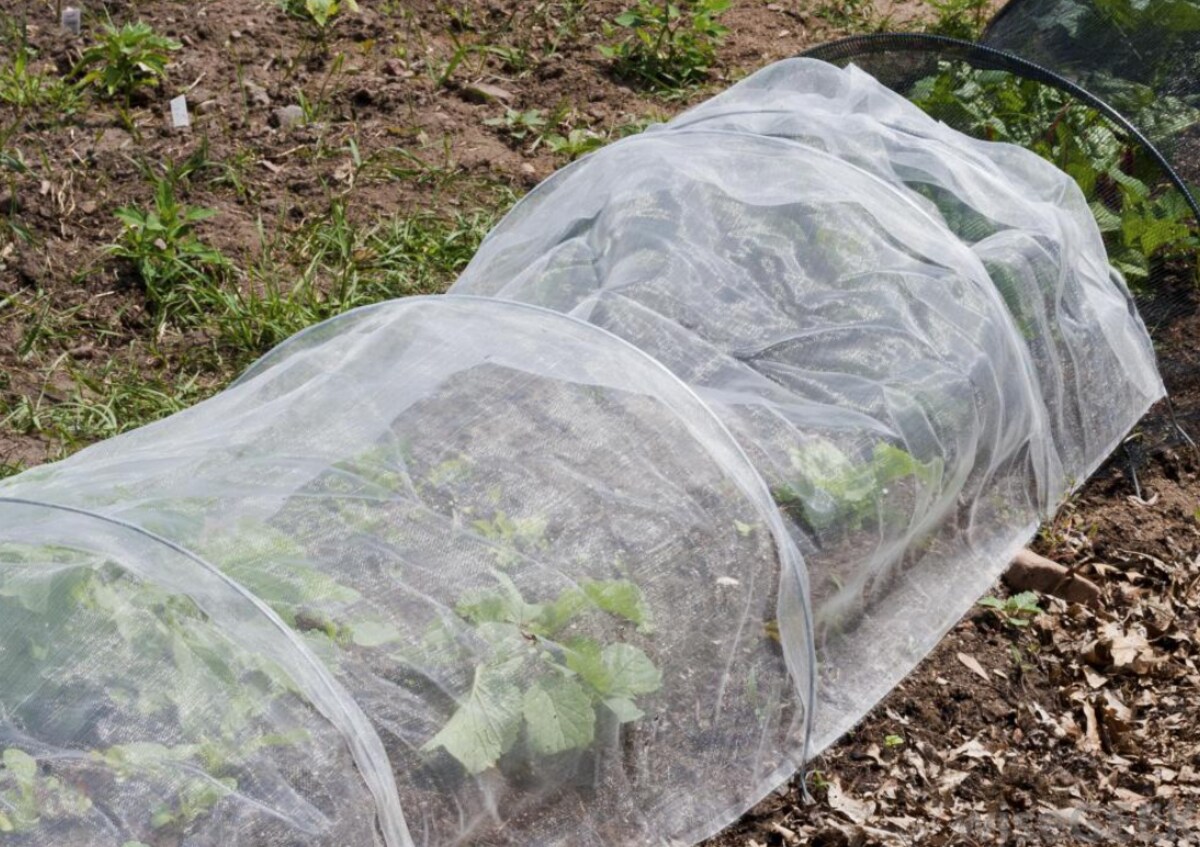
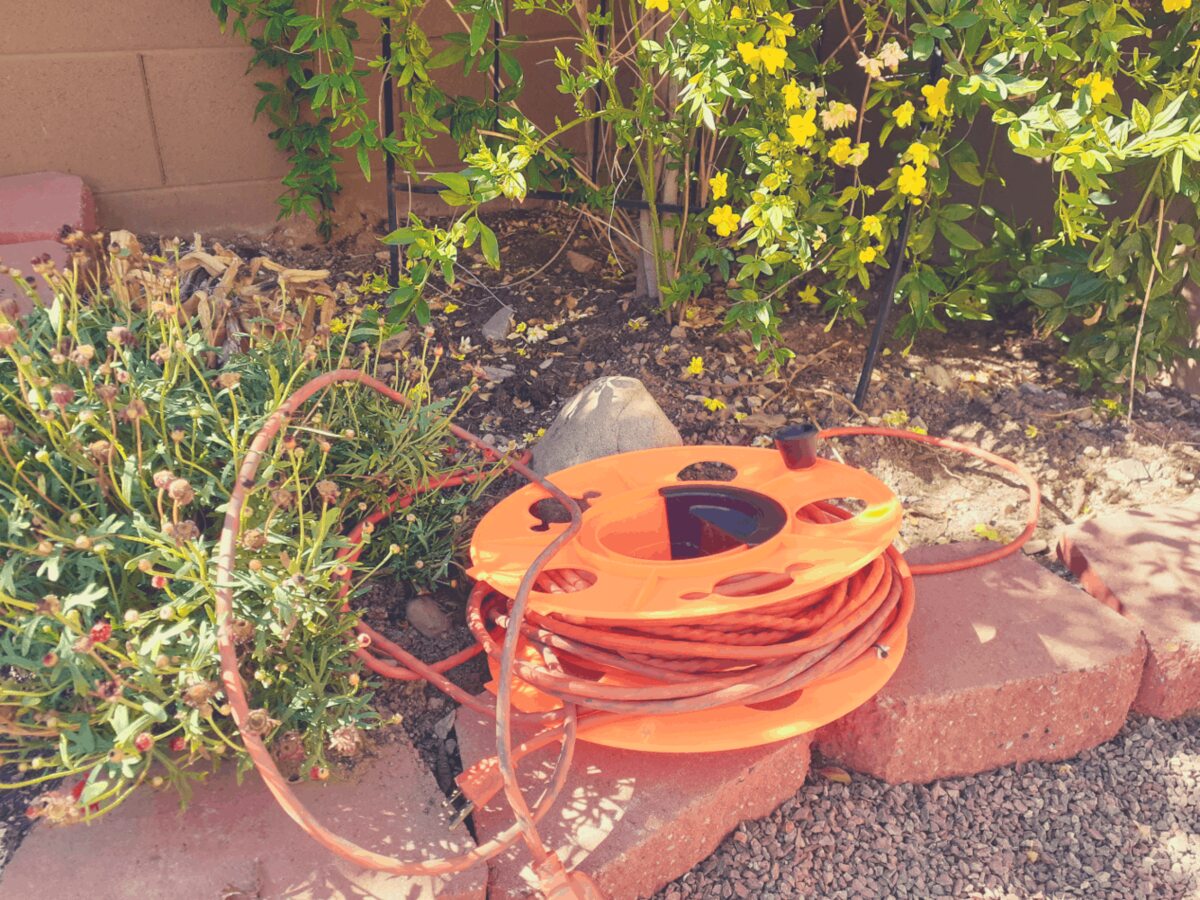
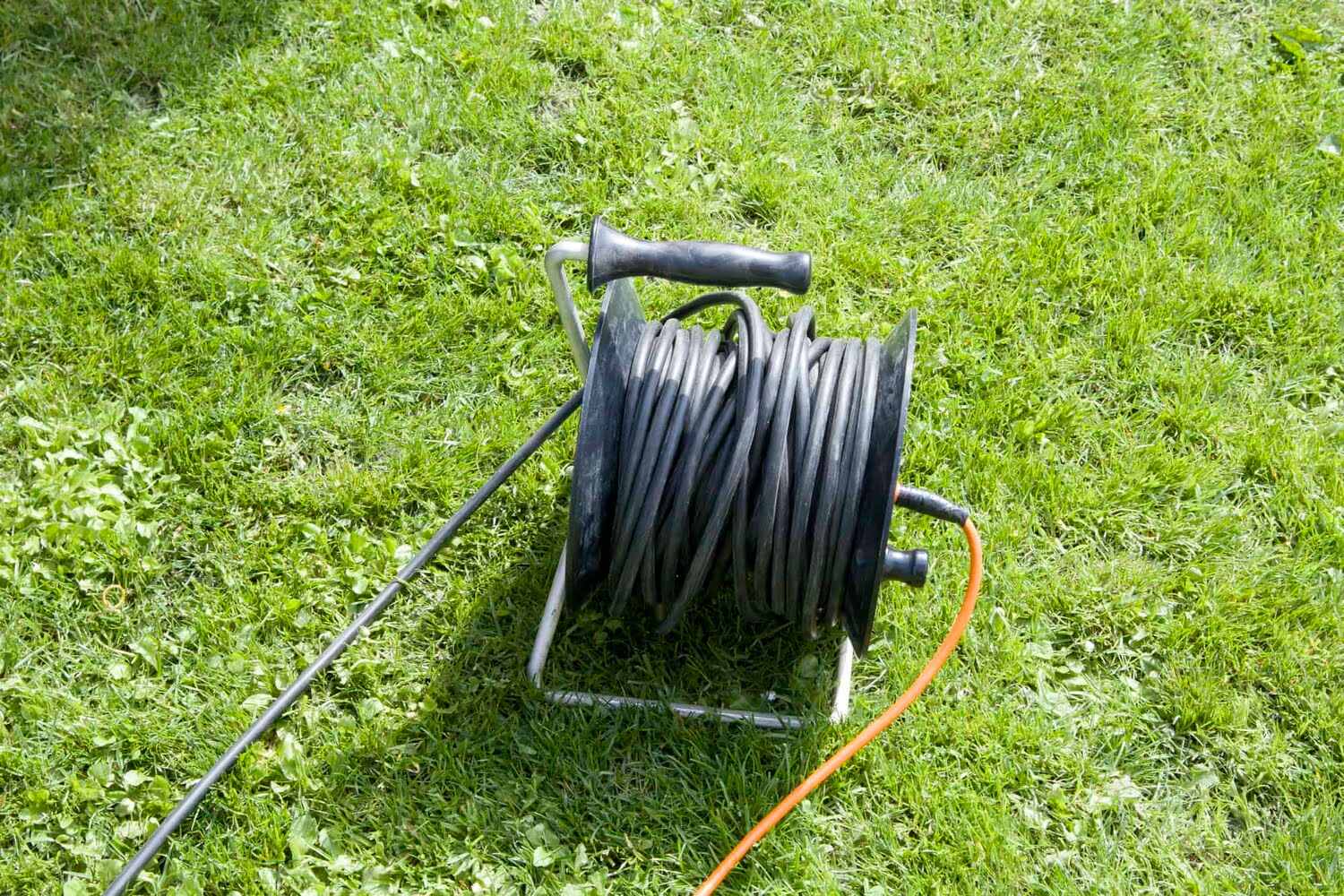
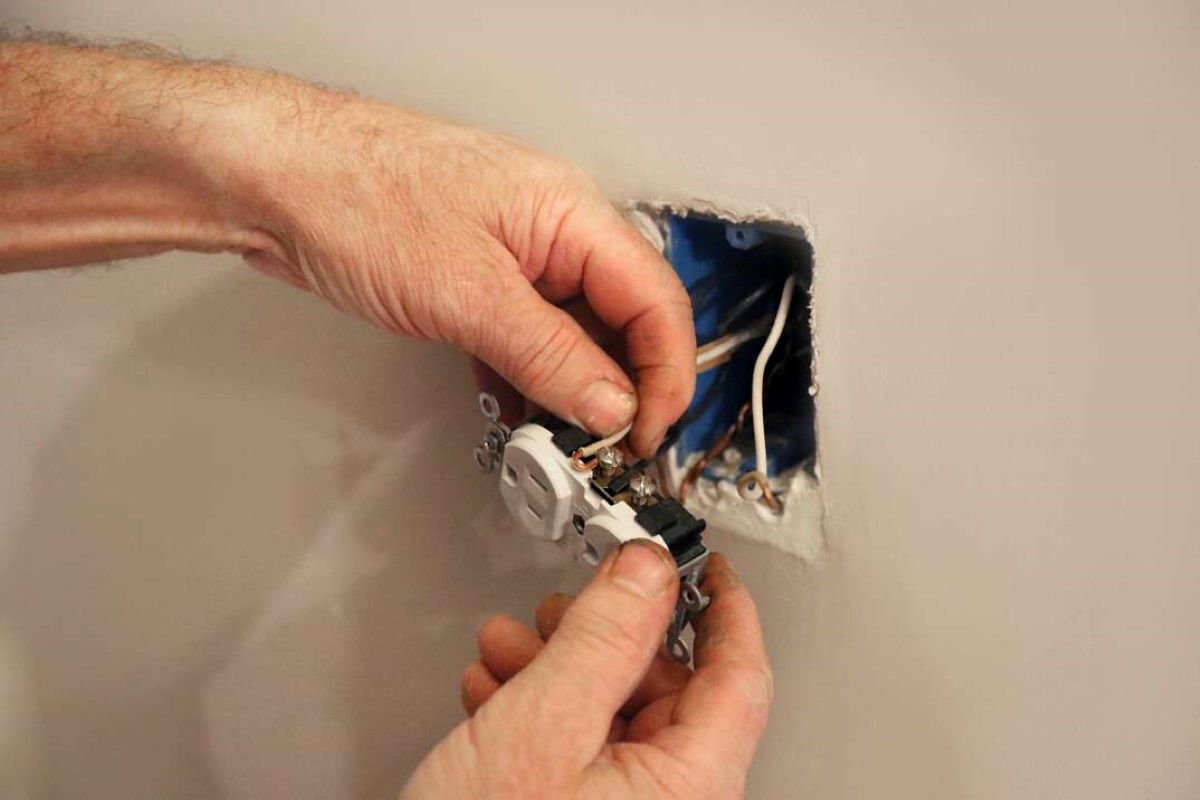

0 thoughts on “How To Protect An Outdoor Extension Cord From Rain”